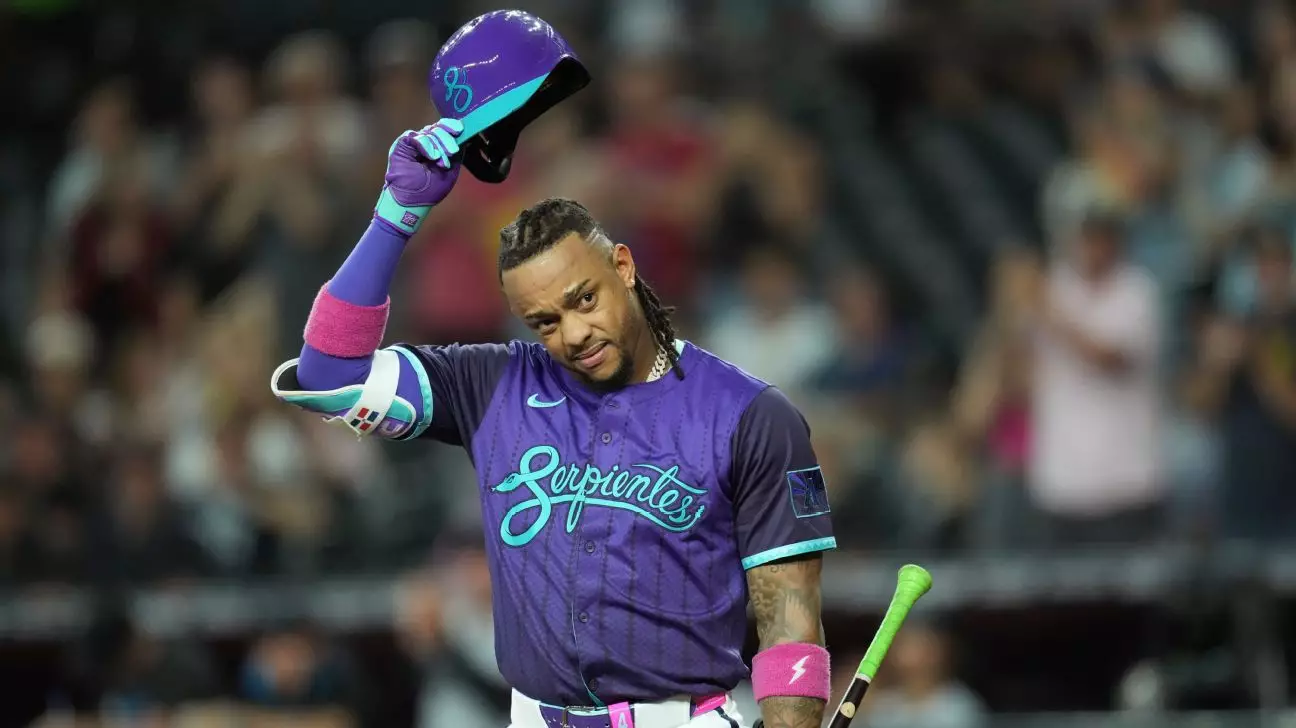In an era where celebrity status often equates to vulnerability, recent burglaries targeting professional athletes serve as stark reminders of the perils that come with fame. The recent case involving Arizona Diamondbacks star Ketel Marte underscores how high-profile individuals are increasingly becoming targets for organized crime. While these athletes enjoy adulation on the field, their private lives remain perilously exposed, especially during times of travel or absence. The theft at Marte’s Scottsdale home, occurring during the All-Star break when he was representing his league on an international stage, exemplifies how criminals capitalize on moments of distraction and unavailability.
This brazen act not only deprives athletes of personal valuables but also sends ripples through their personal security and peace of mind. The perception that their residences are secure sanctuaries is falsely comforting, as the reality suggests otherwise. Organized crime rings are well-informed about the high-end valuables athletes keep in their homes, often targeting homes during key moments when these individuals are away. This vulnerability reveals a broader societal issue: the need for robust protective measures for even the most celebrated professionals.
The Growing Tide of Sports-Related Crime
The escalating frequency of such burglaries forces a critical examination of the security landscape surrounding top-tier athletes. Law enforcement agencies like the FBI have issued alerts to sports leagues, warning of organized groups specifically targeting player residences. The recent surge isn’t random; it indicates a calculated effort by sophisticated thieves aware of the lucrative items athletes hold—jewelry, luxury electronics, and other high-value possessions.
The case of Marte’s burglary is not isolated. Across the nation, players in the NFL, NBA, and other leagues have become prime targets. The high-profile nature of their assets, combined with frequent travel schedules, makes them vulnerable. Crime organizations are evolving their tactics to exploit these vulnerabilities, often striking when athletes are away for games or tournaments. This trend exposes a glaring weakness in the security protocols of organizations and individuals alike—one that demands urgent attention.
Responsibility and the Need for Proactive Security
It’s increasingly evident that athletes and their teams must prioritize proactive security strategies. Relying solely on perimeter alarms or neighborhood watch programs is insufficient when sophisticated criminal networks are involved. Comprehensive strategies should include private security, smart-home surveillance systems, and discreet, effective logistics for safeguarding valuables during away games.
This situation should also prompt leagues and sports organizations to reconsider how they support their players’ security. From providing security consultation to encouraging discreet travel arrangements, there is a collective responsibility to protect these individuals beyond the game. Public awareness campaigns could also illuminate the risks, discouraging potential thieves and fostering a safer environment for stars who should be able to focus on their careers without fear of theft.
The Marte burglary is a wake-up call—fame brings privilege, but it equally demands heightened responsibility. As organized crime groups refine their methods, the safety measures surrounding high-profile athletes must also evolve. Protecting these individuals goes beyond possessions; it safeguards their peace of mind and personal integrity in a world increasingly rife with threats.


Leave a Reply